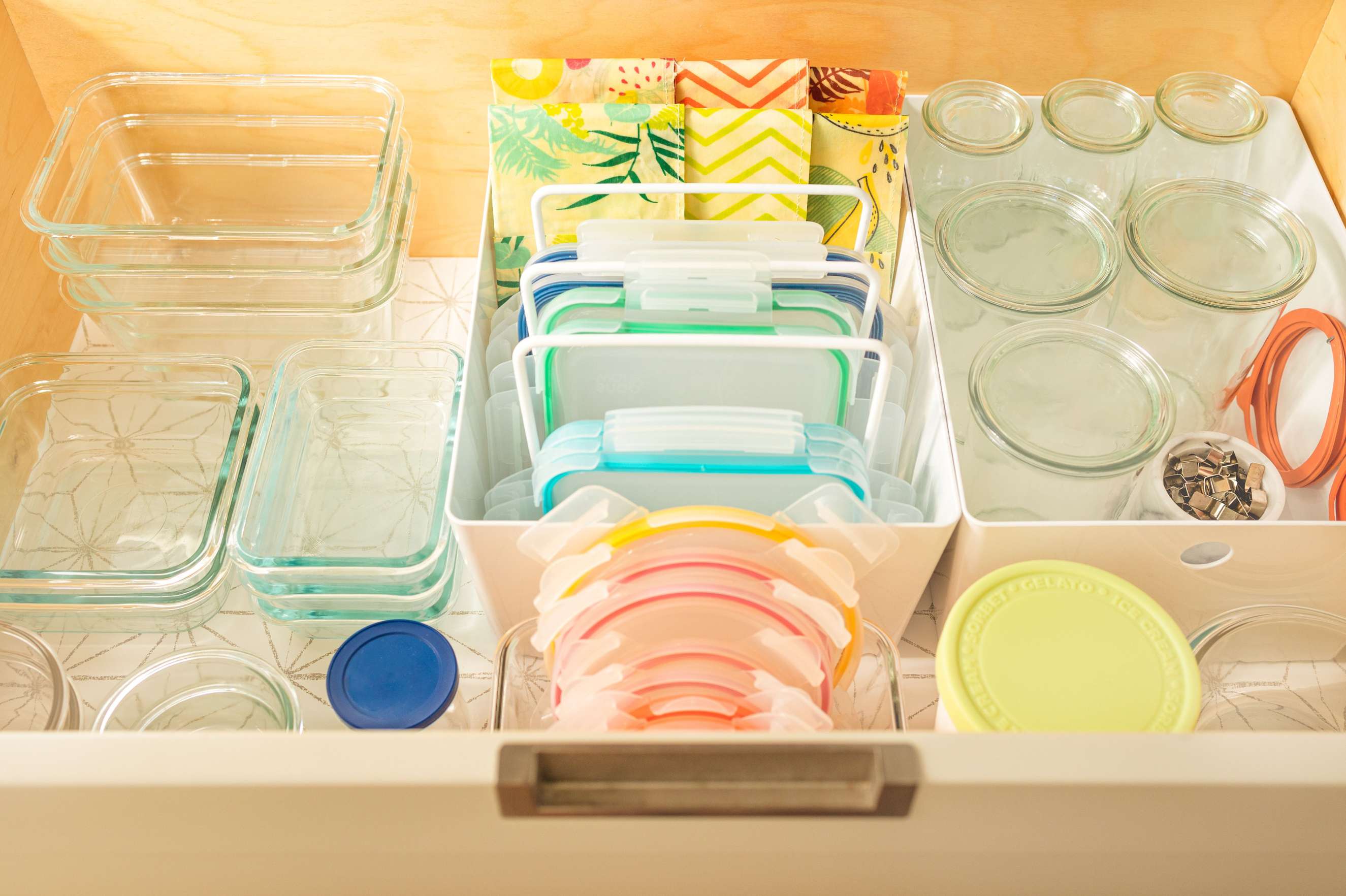

Articles
How To Store Tupperware In Cabinets
Modified: January 19, 2024
Learn the best ways to store your Tupperware in cabinets with these helpful articles. Organize your kitchen and keep your Tupperware containers easily accessible.
(Many of the links in this article redirect to a specific reviewed product. Your purchase of these products through affiliate links helps to generate commission for Storables.com, at no extra cost. Learn more)
Introduction
Storing Tupperware in cabinets may seem like a simple task, but it can quickly become a frustrating ordeal if you don’t have an organized system in place. Tupperware, with its assortment of lids and containers, has a tendency to take up valuable space and easily become messy. However, with some careful planning and a few handy tips, you can transform your cabinets into a well-organized Tupperware haven.
Assessing your cabinet space is the first crucial step. Take a look at the size and layout of your cabinets to determine how much Tupperware they can accommodate. Are there any dividers or shelves that can be adjusted or added? Measure the dimensions of your Tupperware containers to ensure they will fit comfortably in your chosen cabinets.
Key Takeaways:
- Transform your cabinets into a Tupperware haven by assessing space, sorting containers, and utilizing organizational tools. Proper stacking, labeling, and troubleshooting will keep your kitchen organized and efficient.
- Say goodbye to Tupperware chaos with careful planning, grouping, and maintenance. Utilize organizational tools and creative solutions to overcome common storage issues and enjoy a well-organized kitchen.
Read more: How To Store Cigars In Tupperware
Assessing Cabinet Space
Before diving into organizing your Tupperware collection, take the time to assess your cabinet space. This will help you determine the best storage options and ensure that everything fits neatly and efficiently. Here are some steps to follow:
- Measure the cabinet dimensions: Start by measuring the width, height, and depth of your cabinets. This will give you a clear idea of the available space and help you plan accordingly.
- Consider accessibility: Take note of how easy it is to access your cabinets. If you have deep or narrow cabinets, it might be challenging to reach items at the back. In such cases, consider using pull-out drawers or lazy susans to improve accessibility.
- Assess shelf adjustability: If you have adjustable shelves, determine their positioning based on the height of your Tupperware containers. This will allow you to make the most of your available space and prevent wasted vertical or horizontal room.
- Identify problem areas: Pay attention to any problematic areas in your cabinets, such as uneven shelves, weak supports, or damaged surfaces. Addressing these issues upfront will ensure a stable and secure storage solution for your Tupperware.
- Take inventory: Before organizing your Tupperware, take a thorough inventory of what you have. Discard any broken or mismatched containers to declutter your collection. This will help you determine the amount of storage space you’ll need and prevent overcrowding your cabinets.
By assessing your cabinet space, you can plan your Tupperware storage system and make informed decisions about the best organizational tools and techniques to employ. Keep in mind that every cabinet is unique, so adapt these tips to suit your specific needs and the available space in your kitchen.
Sorting and Grouping Tupperware
Once you have assessed your cabinet space, it’s time to sort and group your Tupperware. This step is crucial for maintaining an organized and efficient storage system. Here are some tips to help you with this process:
- Sort by size and shape: Begin by separating your Tupperware containers based on their size and shape. Stack similar containers together to make them easier to access and manage. This will also help you identify any mismatched lids that can be discarded or replaced.
- Divide by purpose: Consider sorting your Tupperware based on their intended purpose. For example, separate containers used for storing leftovers from those used for meal prep or packing lunches. This will make it easier to find the specific containers you need when you need them.
- Create sections or zones: Designate specific sections or zones within your cabinet for different categories of Tupperware. For instance, you can have a section for rectangular containers, one for round containers, and another for specialty items like salad dressing cups or snack containers.
- Utilize containers or bins: Use plastic bins or containers with dividers to keep similar-sized or shaped Tupperware neatly together. This will help prevent items from getting jumbled up and make it easier to grab what you need without disturbing the rest of the storage area.
- Consider stackability: Stackable Tupperware can save valuable space in your cabinets. If you have containers that neatly nest inside each other, stack them vertically to maximize storage efficiency.
By sorting and grouping your Tupperware, you will not only streamline your storage system but also eliminate clutter and make it easier to find the exact container you need when you need it. Plus, maintaining a well-organized Tupperware collection will reduce the time and frustration of searching for matching lids or rummaging through messy cabinets.
Proper Stacking and Nesting Techniques
Stacking and nesting Tupperware containers is essential for maximizing cabinet space and keeping your storage area tidy. When done correctly, it allows for easy access to each container while preventing clutter and potential damage. Here are some tips for proper stacking and nesting:
- Match lid with container: Before stacking, ensure that each container has its corresponding lid. Mismatched lids can lead to unstable stacks and wasted space.
- Start with the largest container: Begin your stack with the largest Tupperware container at the bottom. This stable foundation will provide a sturdy base for the rest of the stack.
- Stack by size: Place smaller containers inside larger ones to save space. Ensure that each container is securely nested to avoid wobbling or toppling over.
- Avoid overstacking: Limit the number of containers in each stack to maintain stability. Overstacking can cause containers to become unsteady and increase the risk of accidents when retrieving them.
- Utilize lids as dividers: If your Tupperware lids are flat and sturdy, you can use them as dividers between stacked containers. This not only helps keep the stack stable but also allows for easier access to specific containers.
- Consider using risers: If space allows, consider using risers or platforms to create multiple layers within your cabinets. This can provide additional space for stacking containers vertically, maximizing storage capacity.
- Keep frequently used items at the top: Place containers that you use most often towards the top of your stacks for easy access. This will save you time and effort when retrieving frequently used Tupperware.
By implementing proper stacking and nesting techniques, you can optimize your cabinet space and maintain an organized Tupperware collection. Remember to regularly rearrange or adjust the stacks as your needs change to accommodate new containers or different sizes.
Utilizing Organizational Tools
Organizational tools can be a game-changer when it comes to keeping your Tupperware cabinets neat and functional. They provide structure and help maximize storage space, making it easier to find and access your containers. Here are some useful organizational tools to consider:
- Drawer dividers: If you have deep drawers instead of cabinets, drawer dividers can be excellent tools for organizing your Tupperware. They create separate compartments for different-sized containers, preventing them from sliding around and becoming disorganized.
- Adjustable shelving: Invest in adjustable shelves that allow you to customize your cabinet space according to the height and size of your Tupperware. This flexibility enables you to make the most of your cabinets and efficiently store containers of varying shapes and sizes.
- Cabinet door organizers: Take advantage of the inside of your cabinet doors by installing door organizers. These can hold lids, small containers, or other Tupperware accessories, keeping them easily accessible and decluttering your cabinet shelves.
- Stackable racks: Stackable racks are practical additions to your cabinet space, providing multiple levels for storing containers. They can be especially helpful for organizing smaller Tupperware items, such as spice containers or condiment cups.
- Pull-out shelves or baskets: If you have deep cabinets, pull-out shelves or baskets can make it much easier to access items towards the back. These sliding mechanisms allow you to effortlessly reach containers without having to remove multiple items in the process.
- Clear storage bins: Use transparent storage bins to group similar Tupperware items together. These bins make it easy to see what’s inside and keep containers organized by category, size, or purpose.
- Lazy Susans: Lazy Susans are rotating platforms that can be a convenient way to access your Tupperware. Place them in corner cabinets to maximize storage space and easily reach containers without rummaging through the clutter.
By employing these organizational tools, you can create a well-structured and efficient Tupperware storage system. Experiment with different options to find the ones that work best for your cabinet space and Tupperware collection.
Store Tupperware in cabinets by nesting containers with lids on, and organizing them by size. Use drawer dividers or bins to keep lids separate and easily accessible.
Read more: How To Store Tupperware
Labeling and Identifying Containers
Labeling and identifying your Tupperware containers is a simple yet effective method to enhance organization and streamline your storage system. By clearly marking the contents, you can quickly locate specific items without having to search through every container. Here are some tips for labeling and identifying your Tupperware:
- Use permanent markers: Permanent markers are an easy and affordable way to label your containers. Write directly on the lids or bases of your Tupperware, indicating the contents or purpose of each container.
- Labeling tape: Another option is to use labeling tape or adhesive labels. These can be easily applied to the sides or lids of your Tupperware and provide a cleaner and more professional-looking labeling solution.
- Categorize with color coding: Consider assigning different colors to specific categories of Tupperware. For example, use red for leftovers, blue for snacks, and yellow for meal prep. This will further aid in quickly identifying the desired container.
- Include dates: If you frequently store leftovers or meal prepped dishes, consider labeling containers with the date they were prepared. This will help you keep track of freshness and consume items in a timely manner.
- Utilize removable labels: If you prefer to reuse your Tupperware for different purposes, removable labels or sticky notes can be handy. They allow you to easily change the label without leaving a permanent mark on the container.
- Keep a master list: To further organize your labeling system, maintain a master list of the contents of each labeled container. This list can be kept on your smartphone, computer, or even on a whiteboard in your kitchen. It will serve as a quick reference guide and prevent you from having to search through every labeled container when you need a specific item.
Labeling and identifying your Tupperware will save you time and frustration while searching for the right container. Whether you use permanent markers, labeling tape, color coding, or a combination of these methods, find an approach that works best for you and consistently apply it to maintain a well-organized Tupperware collection.
Maintaining and Cleaning Tupperware
Maintaining and cleaning your Tupperware is essential for preserving its quality, ensuring food safety, and prolonging its lifespan. By following proper maintenance and cleaning practices, you can keep your Tupperware in excellent condition. Here are some tips to help you:
- Read the manufacturer’s instructions: Start by familiarizing yourself with the manufacturer’s instructions for cleaning and caring for your specific Tupperware products. Different materials may have different cleaning requirements.
- Hand-washing is recommended: In most cases, it is best to wash your Tupperware by hand using warm, soapy water. Avoid using abrasive scrub brushes or scouring pads that can scratch the surface of the containers.
- Avoid extreme temperatures: Tupperware is designed to withstand a range of temperatures, but extreme heat or cold can cause damage. Avoid placing Tupperware directly in the oven or freezer, unless specified by the manufacturer.
- Air dry thoroughly: After hand-washing your Tupperware, allow it to air dry completely before storing it. This helps prevent moisture build-up, which can lead to mold or mildew growth.
- Avoid staining agents: Be cautious when using Tupperware with staining agents like tomato-based sauces or strong spices. If you notice any discoloration, soak the container in a mixture of warm water and baking soda or lemon juice to help remove the stains.
- Check for damage: Regularly inspect your Tupperware for cracks, chips, or warping. Damaged containers may compromise the effectiveness of the seal and should be replaced to maintain food safety.
- Store with lids off: When storing your Tupperware, ensure that the lids are kept off. This allows proper air circulation, preventing any potential odors or bacterial growth.
- Rotate container usage: To prevent certain containers from sitting unused for extended periods, rotate their usage regularly. This helps avoid any staining or odors that could occur from consistent use of the same containers.
By maintaining and cleaning your Tupperware regularly, you can ensure its longevity and keep it in optimal condition. Remember to always follow the manufacturer’s guidelines and use gentle cleaning methods to prevent any damage to your containers.
Troubleshooting Common Storage Issues
While organizing and storing Tupperware in cabinets can greatly simplify your kitchen, it’s not uncommon to encounter a few storage issues along the way. Here are some common problems and their solutions:
- Lid chaos: If your Tupperware lids are constantly getting mixed up or lost, consider using a lid organizer or a dedicated container to store them. You can also use a file rack to stand lids upright, making it easier to find the correct lid for each container.
- Trouble with tall items: If you have tall Tupperware items such as water bottles or jars, but limited vertical cabinet space, utilize the depth of your cabinets. Install hooks or a tension rod on the inside of your cabinets to hang these items vertically, freeing up valuable shelf space.
- Falling stacks: If your stacked Tupperware keeps toppling over, opt for stackable containers with interlocking lids. These containers are more stable and secure when stacked, reducing the risk of them falling over.
- Different container shapes and sizes: When dealing with Tupperware containers of various shapes and sizes, use adjustable dividers or bins to create separate sections in your cabinets. This allows you to store different-sized containers together without them shifting or becoming disorganized.
- Overflowing cabinets: If your cabinets are overflowing with Tupperware, declutter and downsize your collection. Take inventory and eliminate containers that no longer have matching lids or are rarely used. Consider donating or repurposing excess Tupperware to free up valuable cabinet space.
- Poor visibility: If you struggle to see the contents of your Tupperware containers, use transparent bins or invest in clear Tupperware. This allows you to easily identify what is inside without having to open each container.
- Unwanted odors: To eliminate odors from your Tupperware, sprinkle baking soda or place a small piece of charcoal inside each container before sealing them. This will help absorb any lingering smells and keep your Tupperware fresh.
- Unorganized lids: If your lids are unorganized and take up too much space, consider using a lid rack or a file organizer to store them vertically. This method saves space and keeps your lids readily accessible.
By troubleshooting common storage issues, you can overcome challenges and create a more functional and organized Tupperware storage system. Experiment with different techniques and tools to find the solutions that work best for your specific needs and cabinet space.
Conclusion
Storing Tupperware in cabinets doesn’t have to be a frustrating experience. With proper organization, careful planning, and the right tools, you can transform your cabinets into a well-organized and functional space for your Tupperware collection.
Assessing your cabinet space, sorting and grouping your Tupperware, and utilizing organizational tools are key steps in creating an efficient storage system. Proper stacking and nesting techniques help maximize space, while labeling and identifying containers make it easier to find what you need. Additionally, maintaining and cleaning your Tupperware ensures its longevity and keeps it in excellent condition.
As you encounter common storage issues, troubleshoot them with creative solutions. From lid chaos to overflowing cabinets, there are strategies to help you overcome each challenge and maintain an organized Tupperware collection.
Remember that every kitchen and Tupperware collection is unique, so adapt these tips to suit your specific needs and the available space in your cabinets. Experiment with different techniques, tools, and organizational strategies until you find the system that works best for you.
By implementing these strategies, you can say goodbye to the frustration of rummaging through messy cabinets and hello to a well-organized Tupperware storage system that makes meal prep and storage a breeze. Enjoy the convenience and efficiency of a well-organized kitchen!
Frequently Asked Questions about How To Store Tupperware In Cabinets
Was this page helpful?
At Storables.com, we guarantee accurate and reliable information. Our content, validated by Expert Board Contributors, is crafted following stringent Editorial Policies. We're committed to providing you with well-researched, expert-backed insights for all your informational needs.
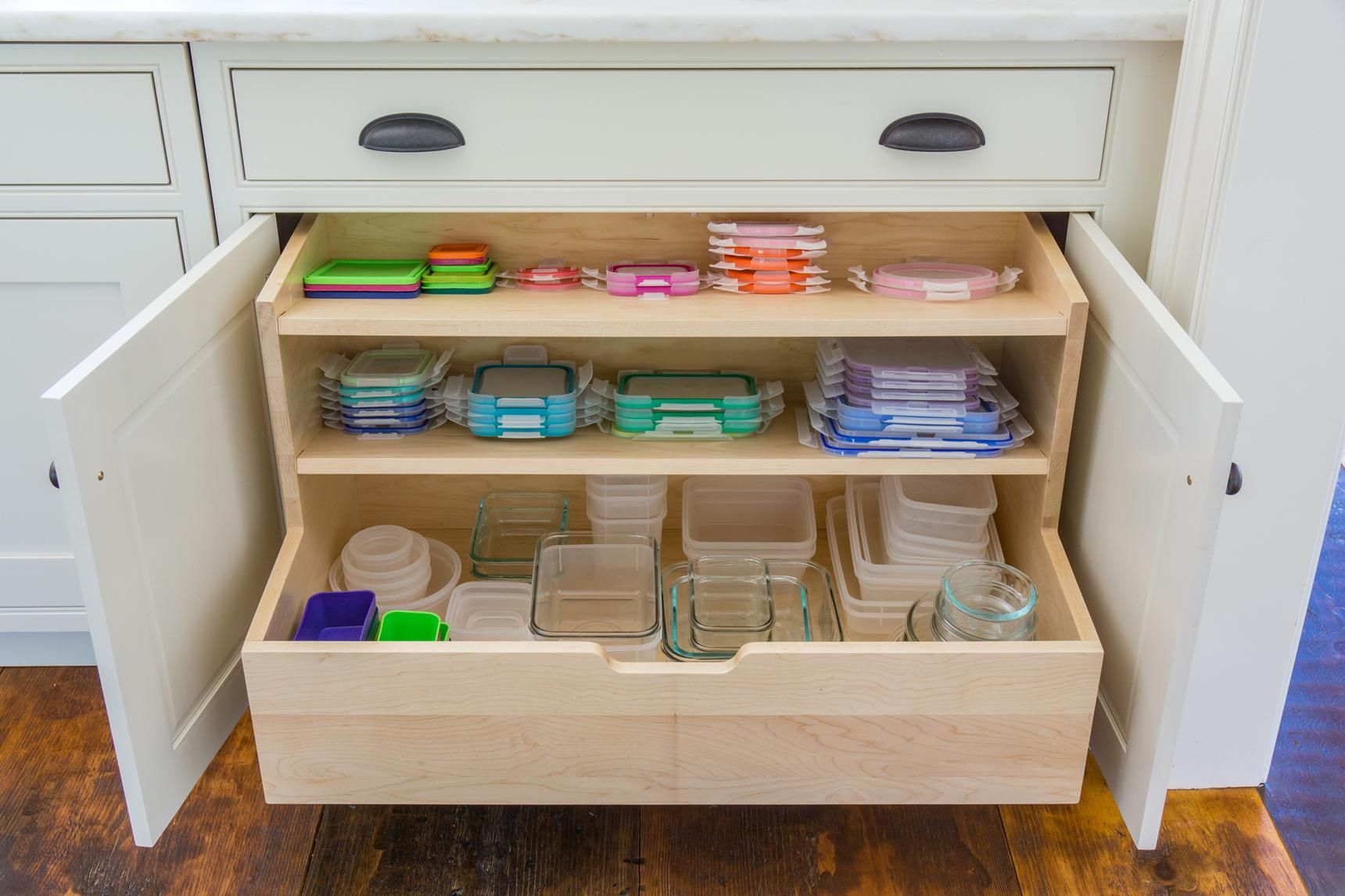
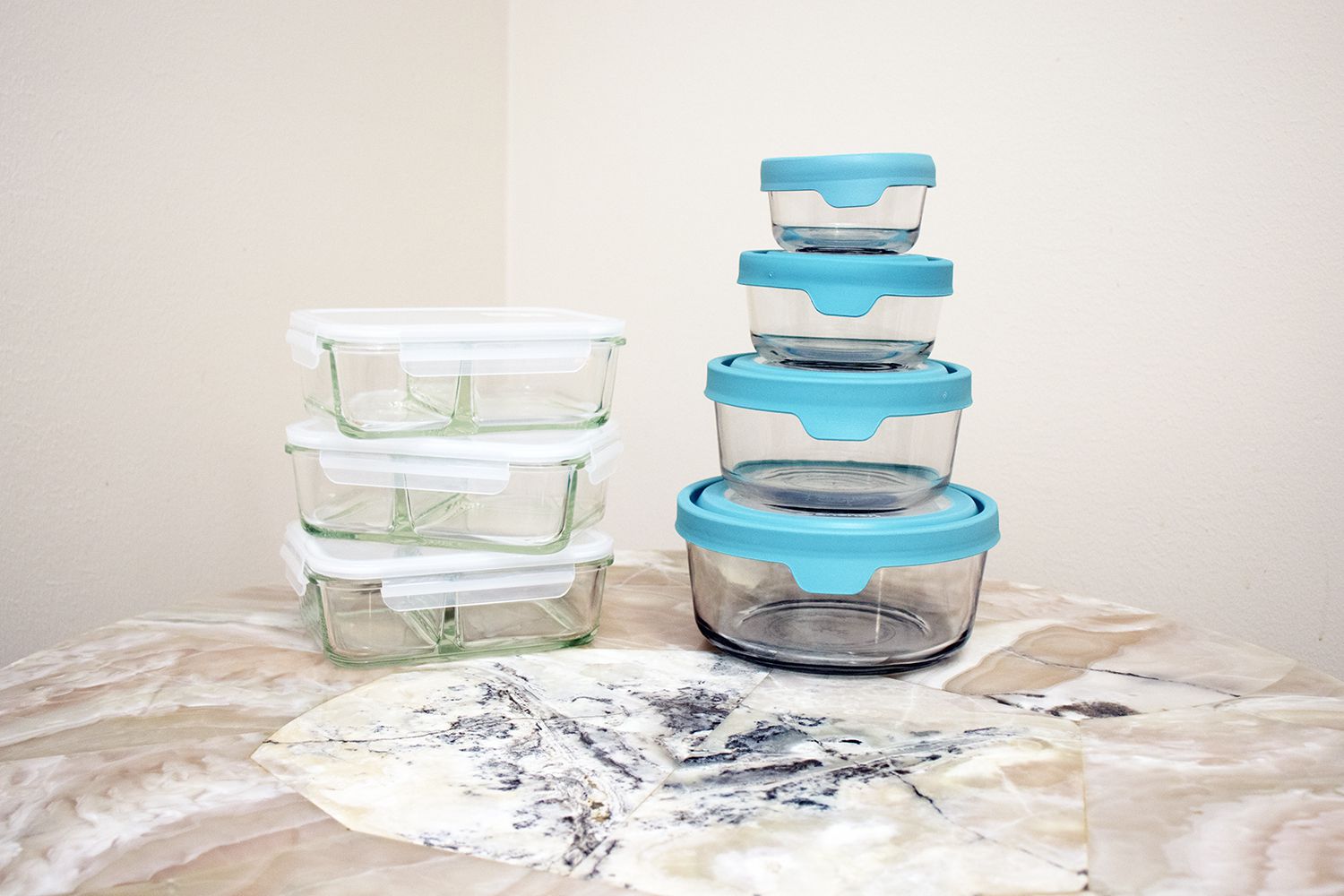
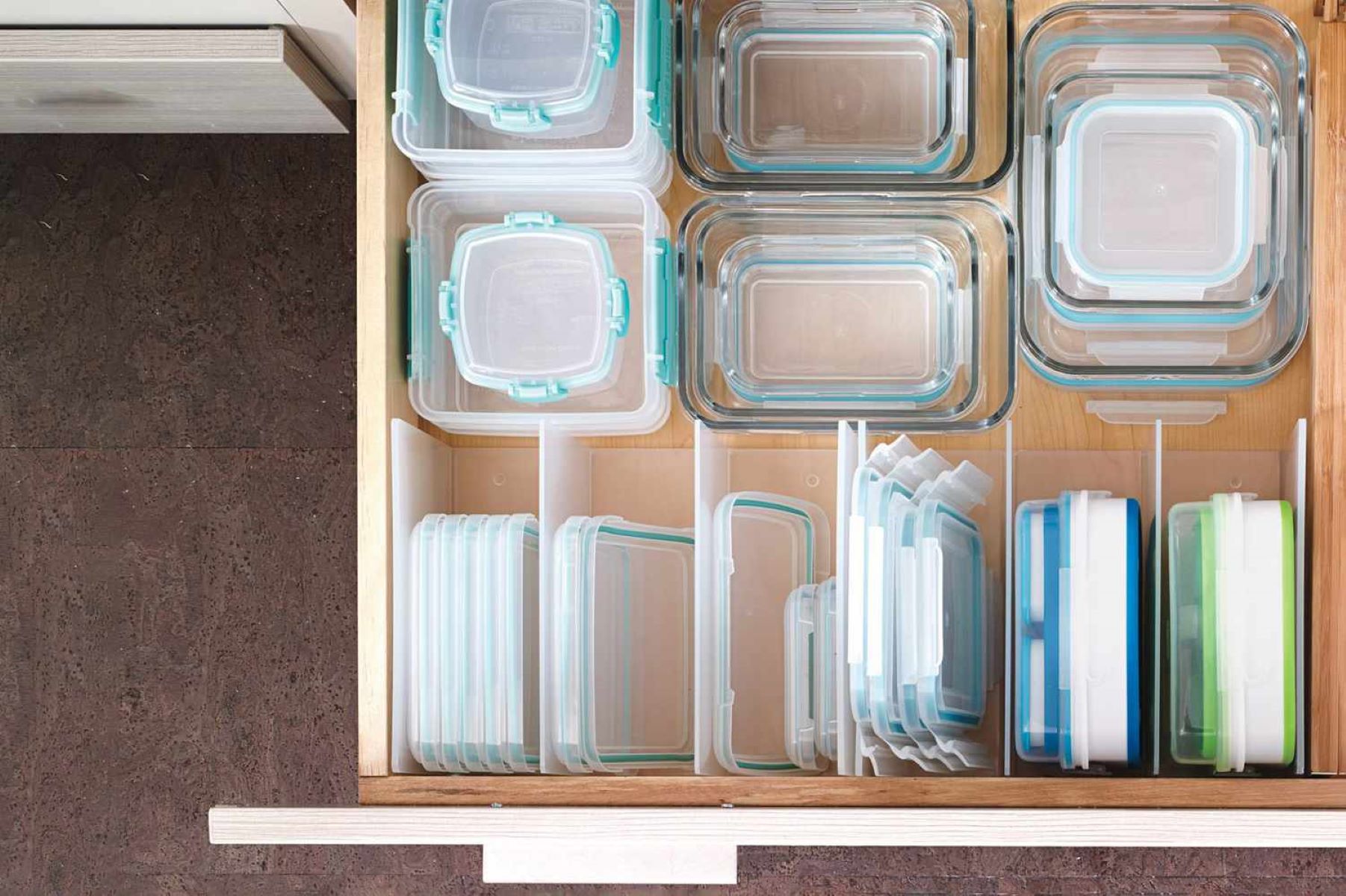
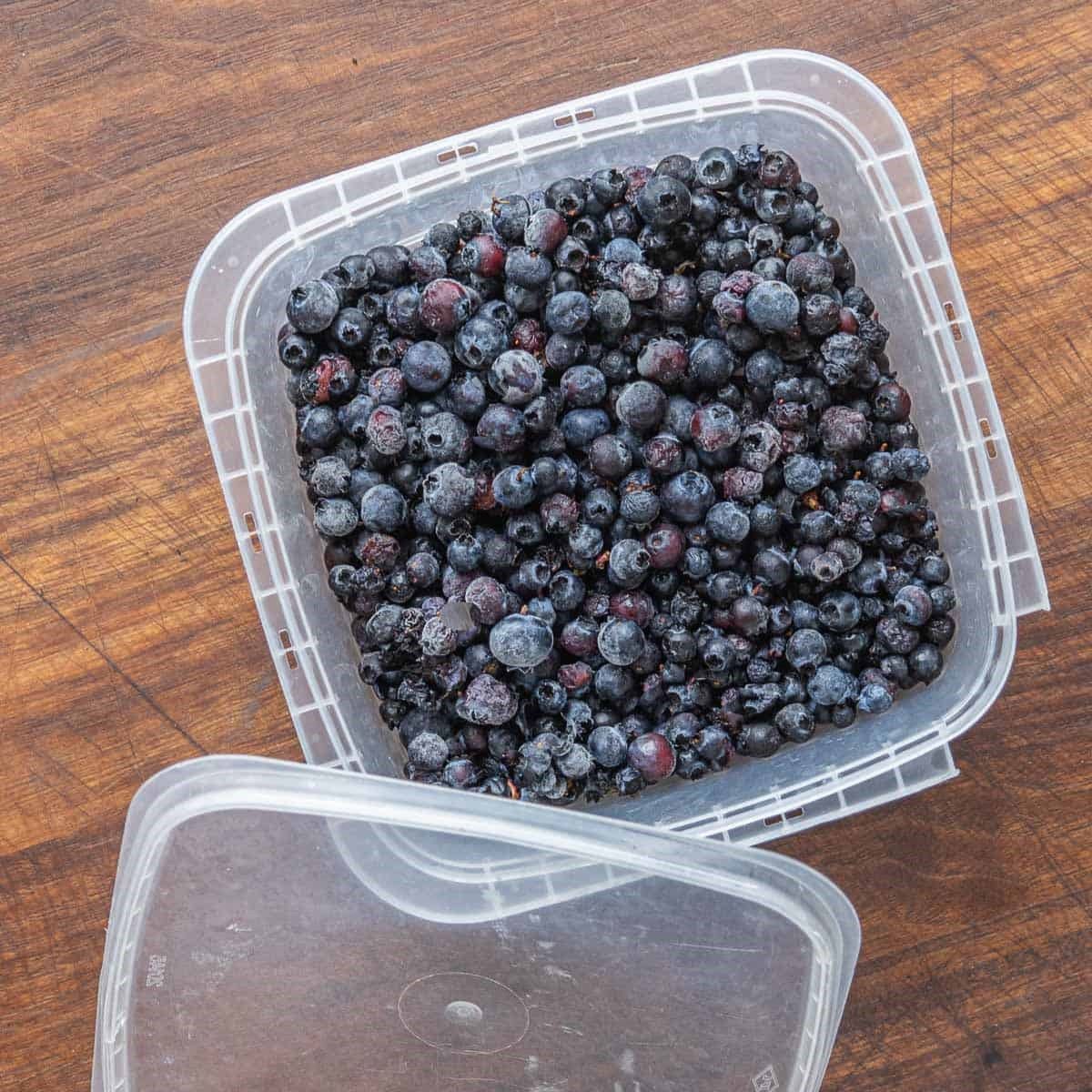
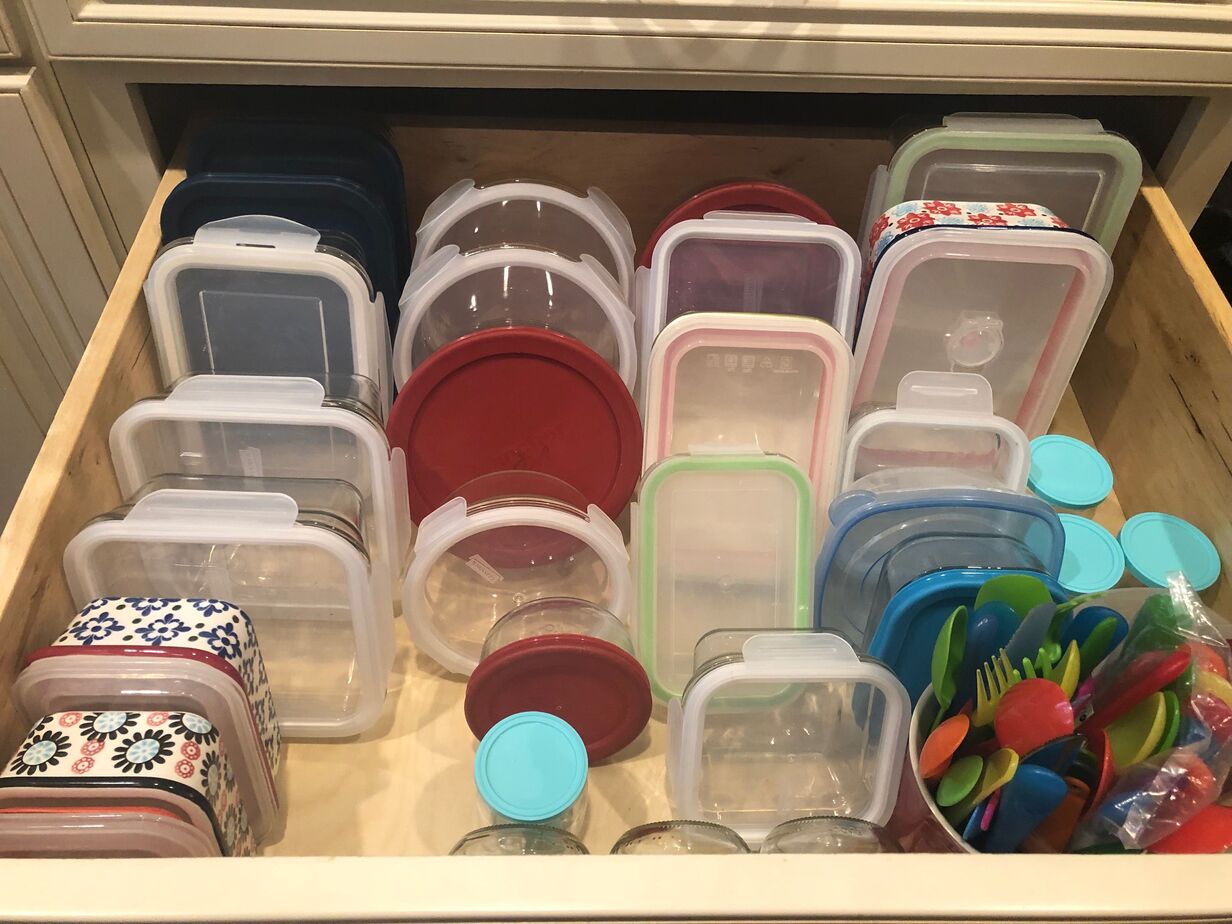
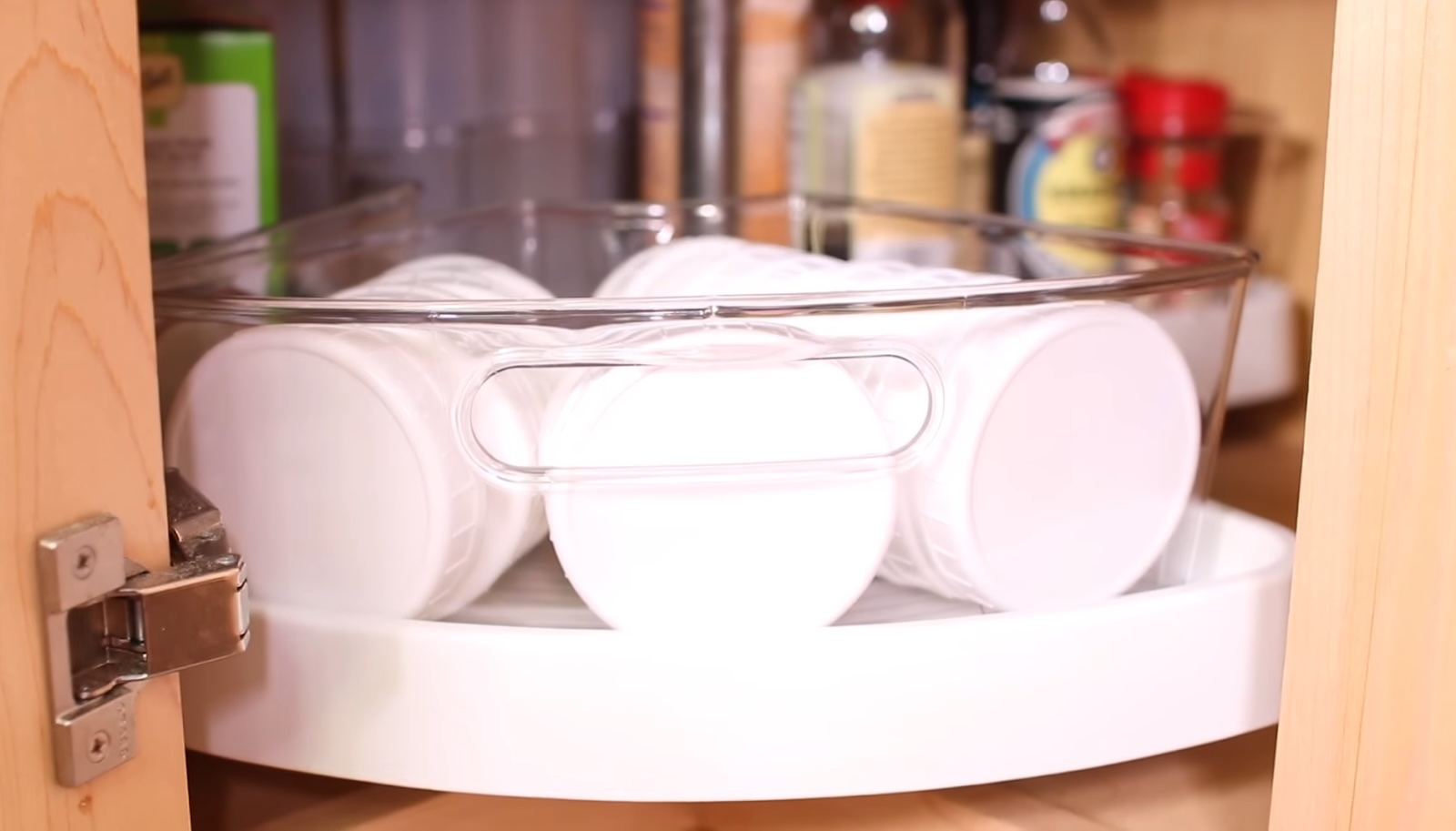
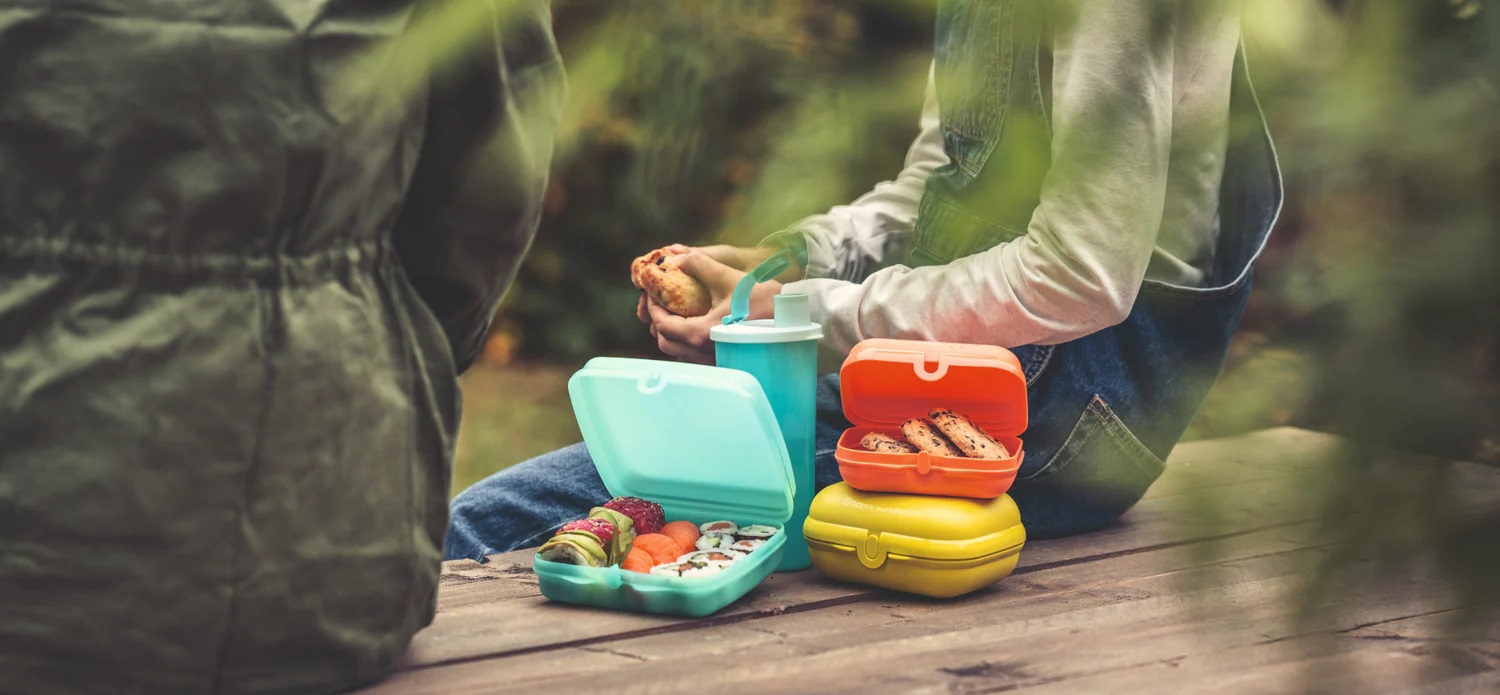
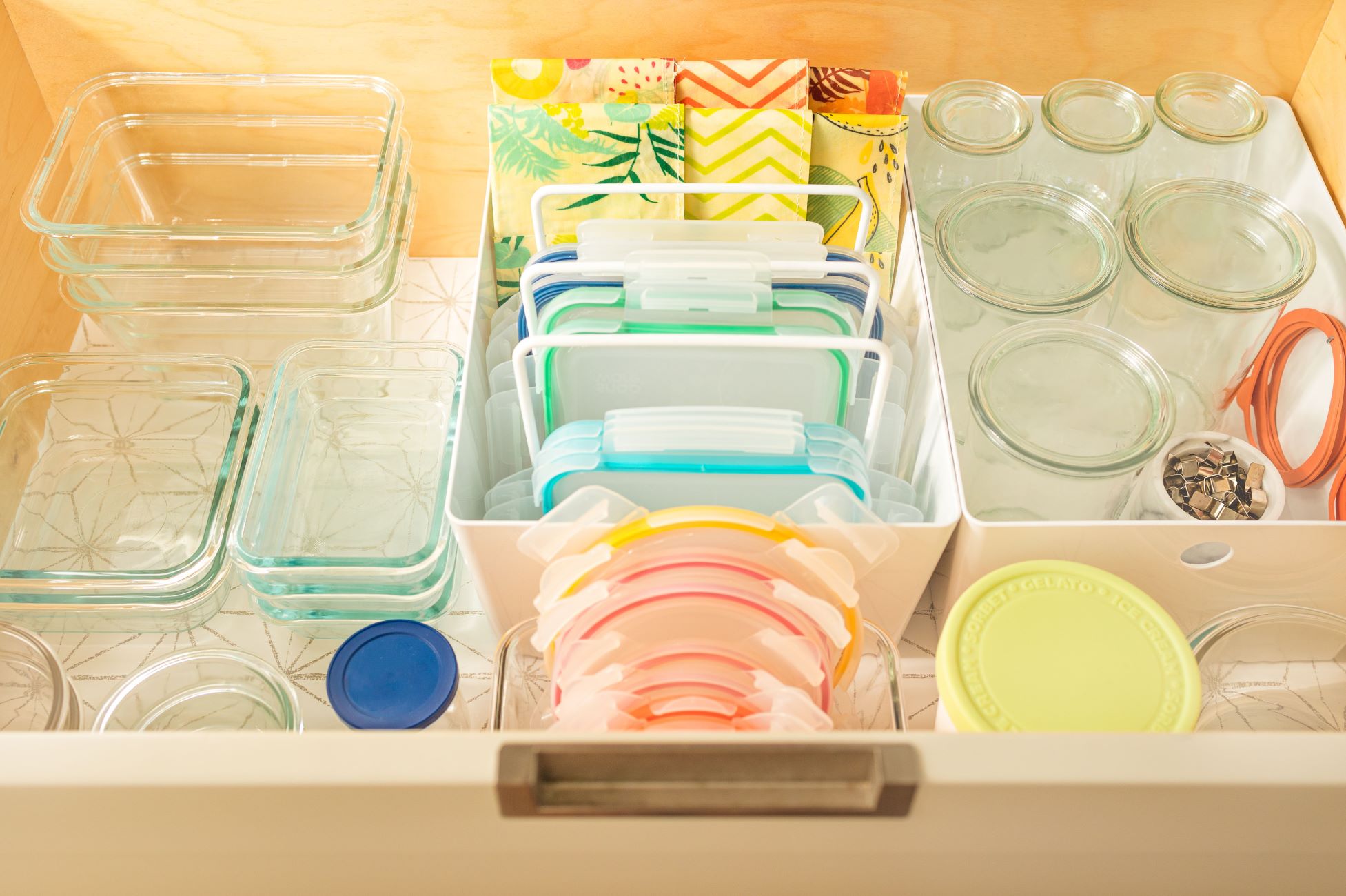
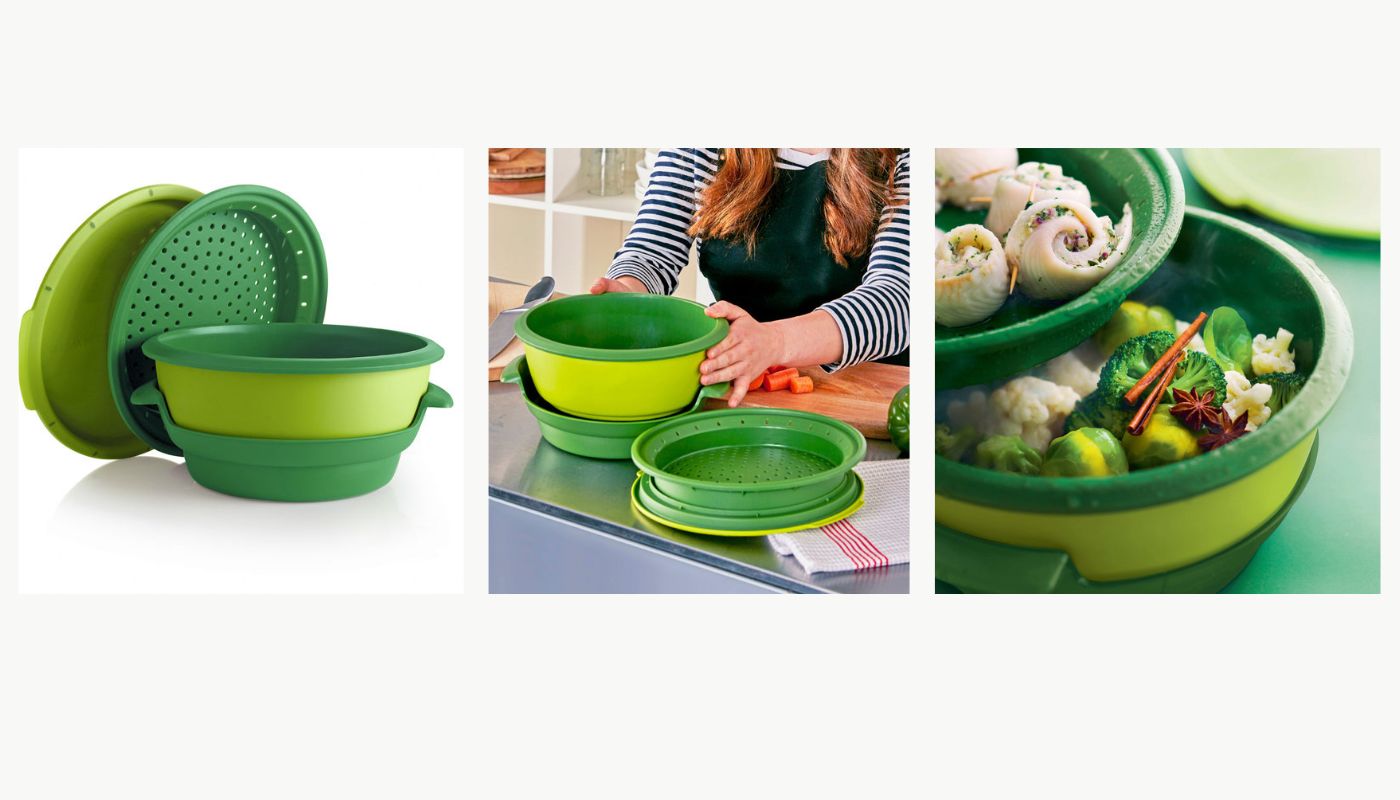
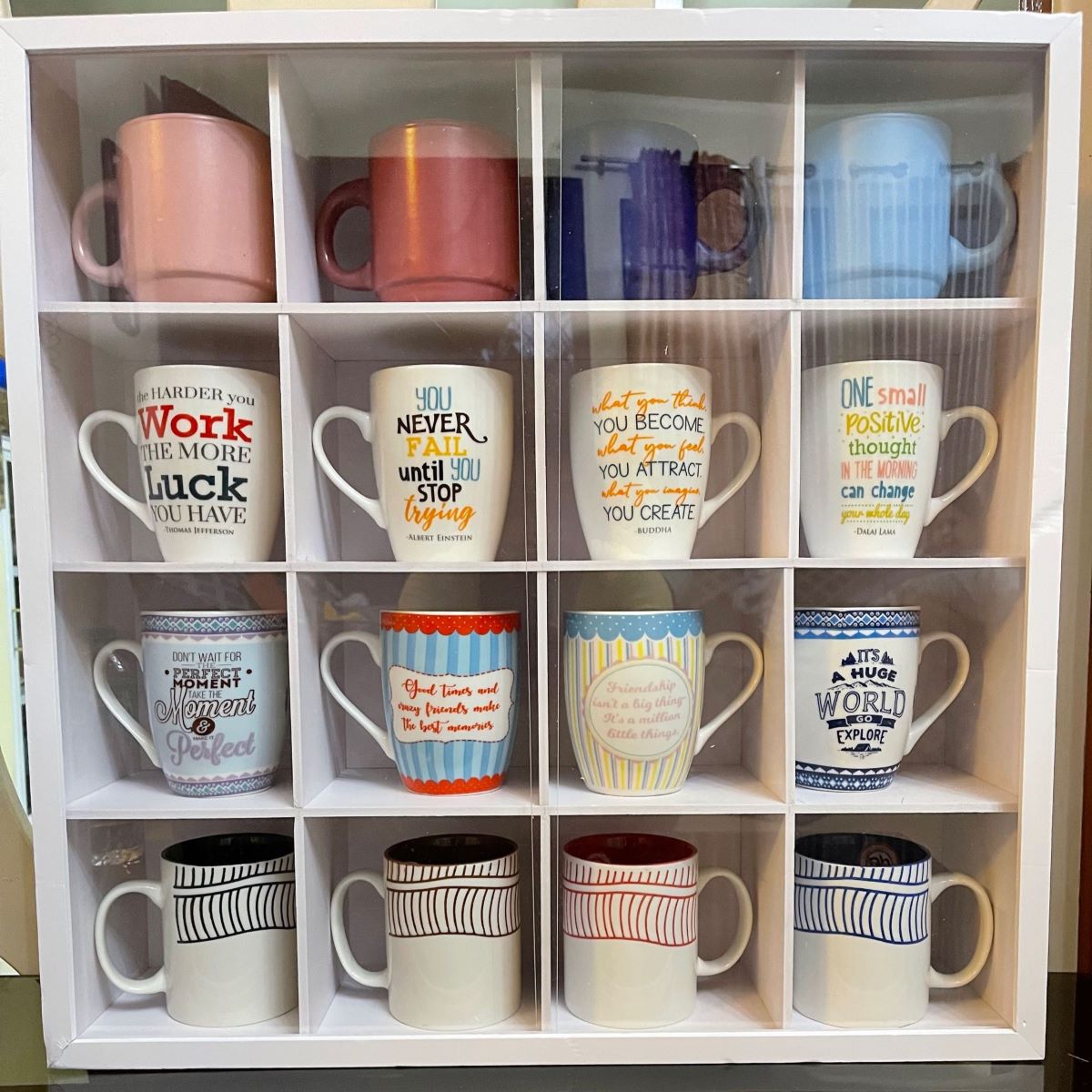

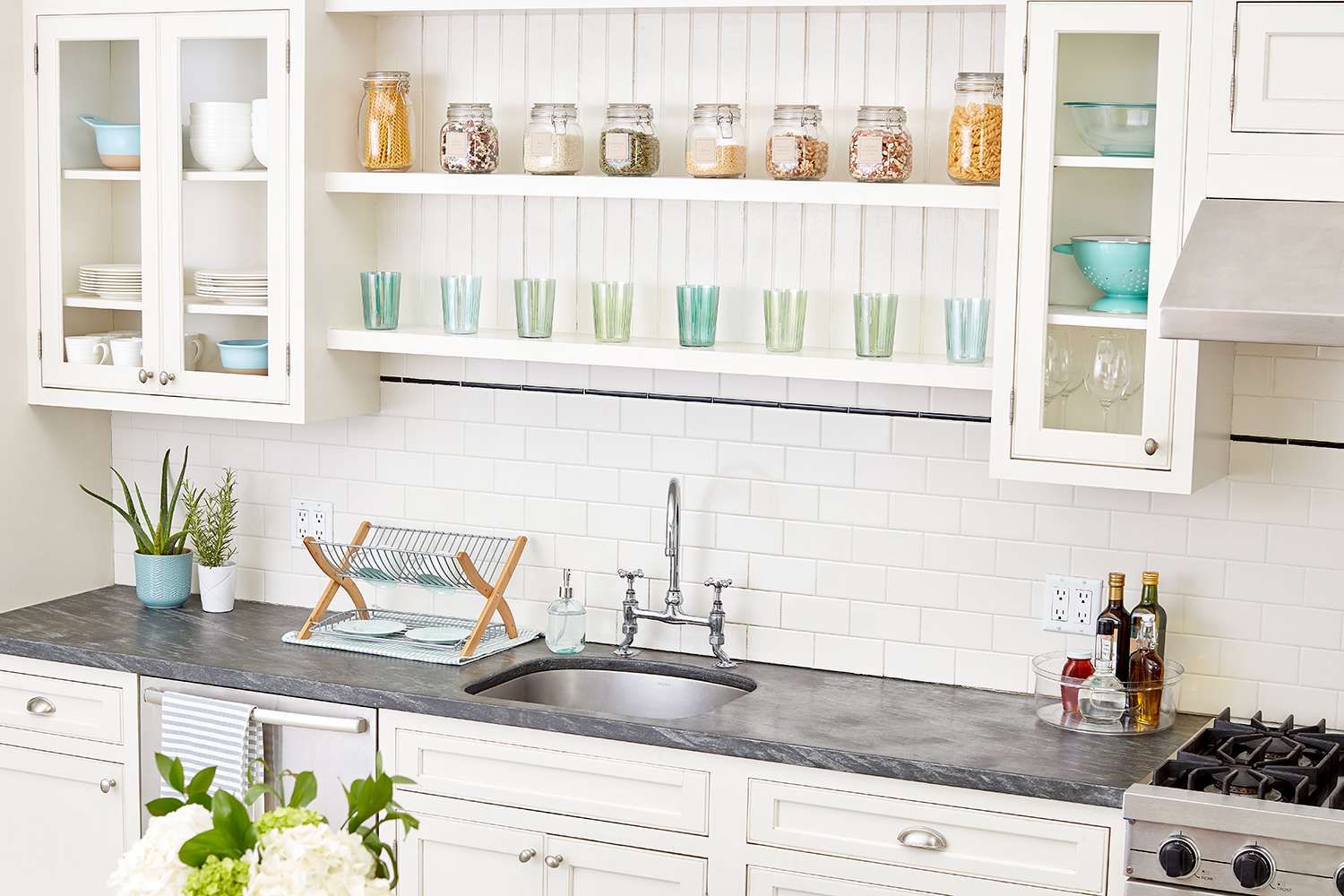
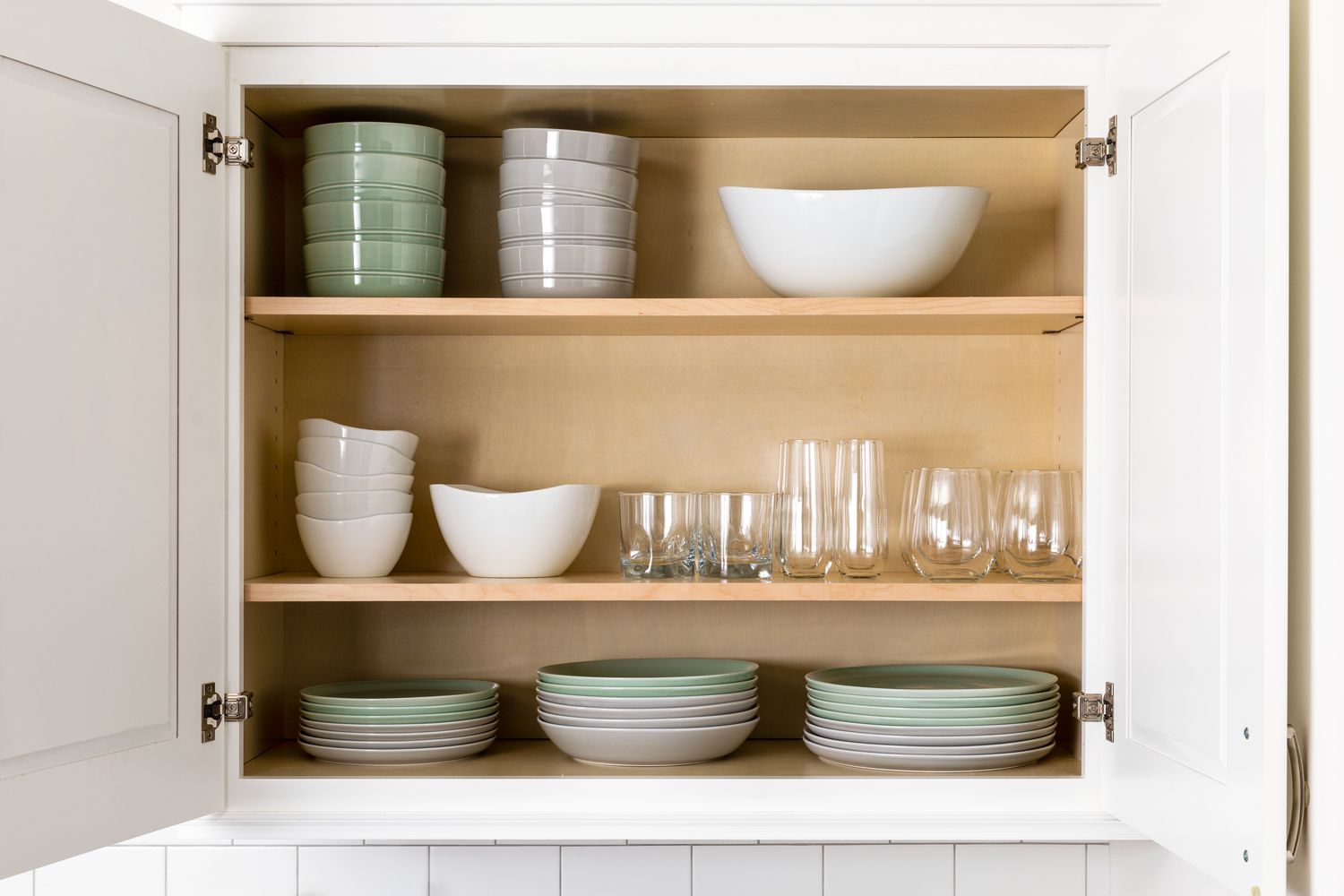
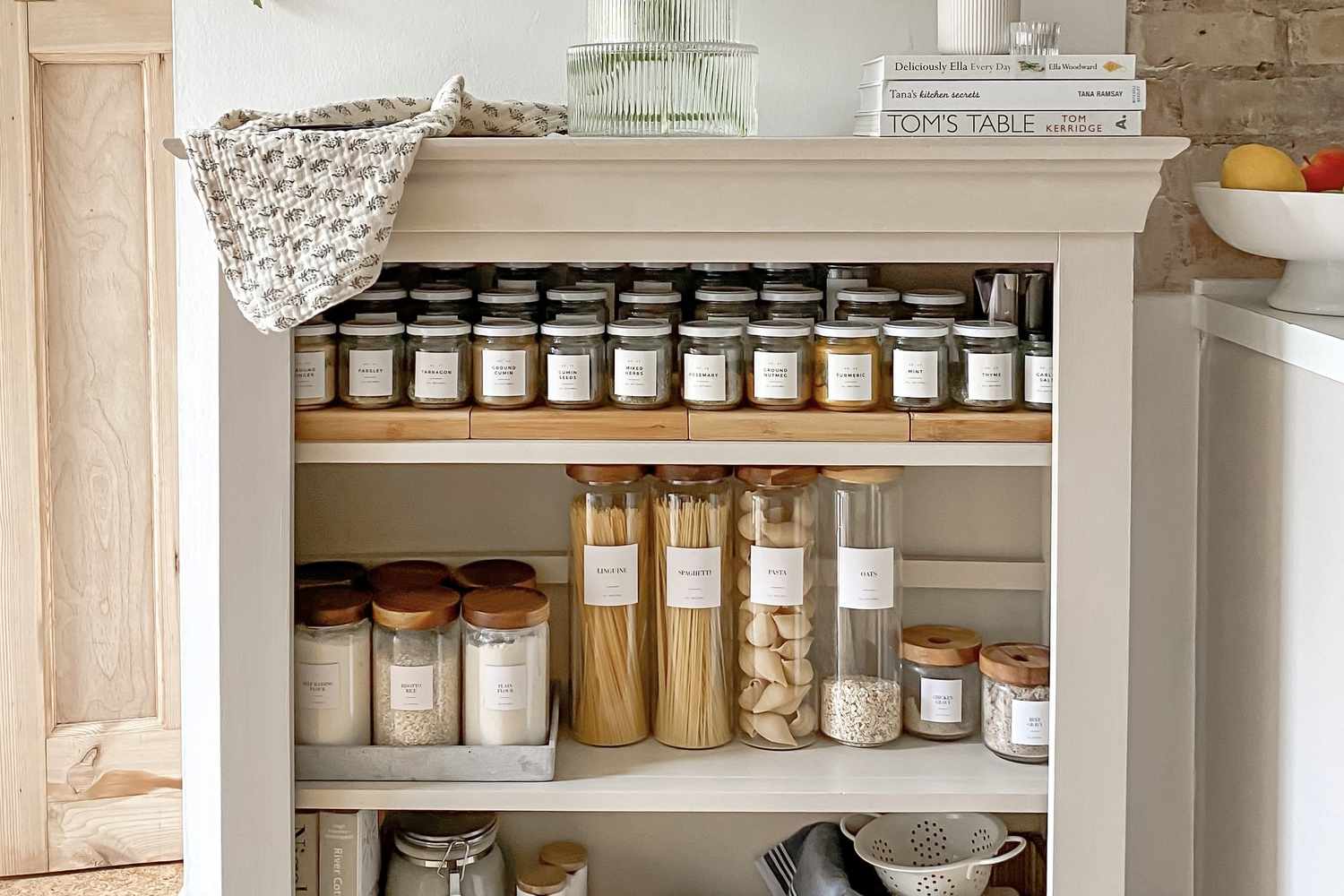

0 thoughts on “How To Store Tupperware In Cabinets”